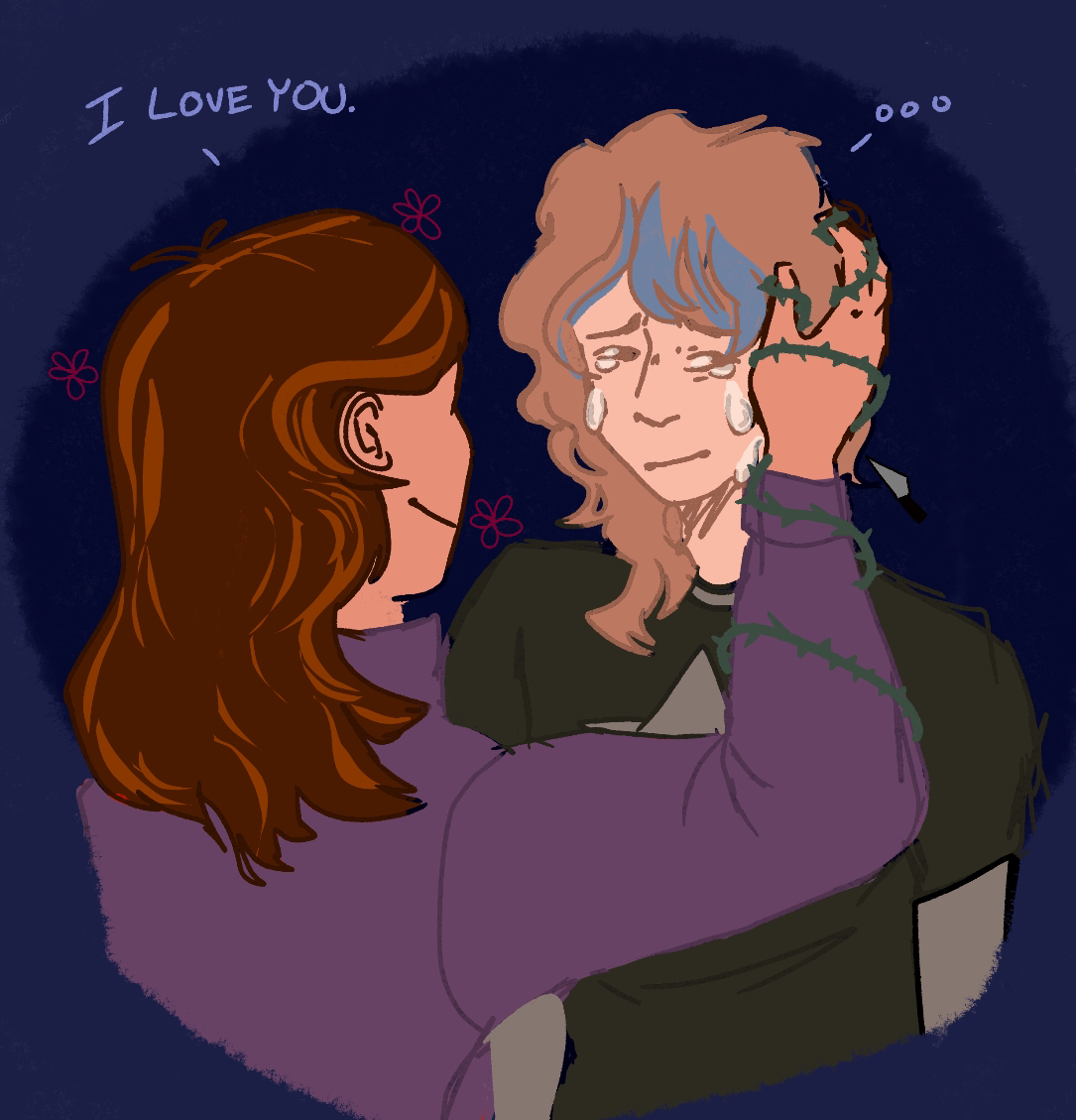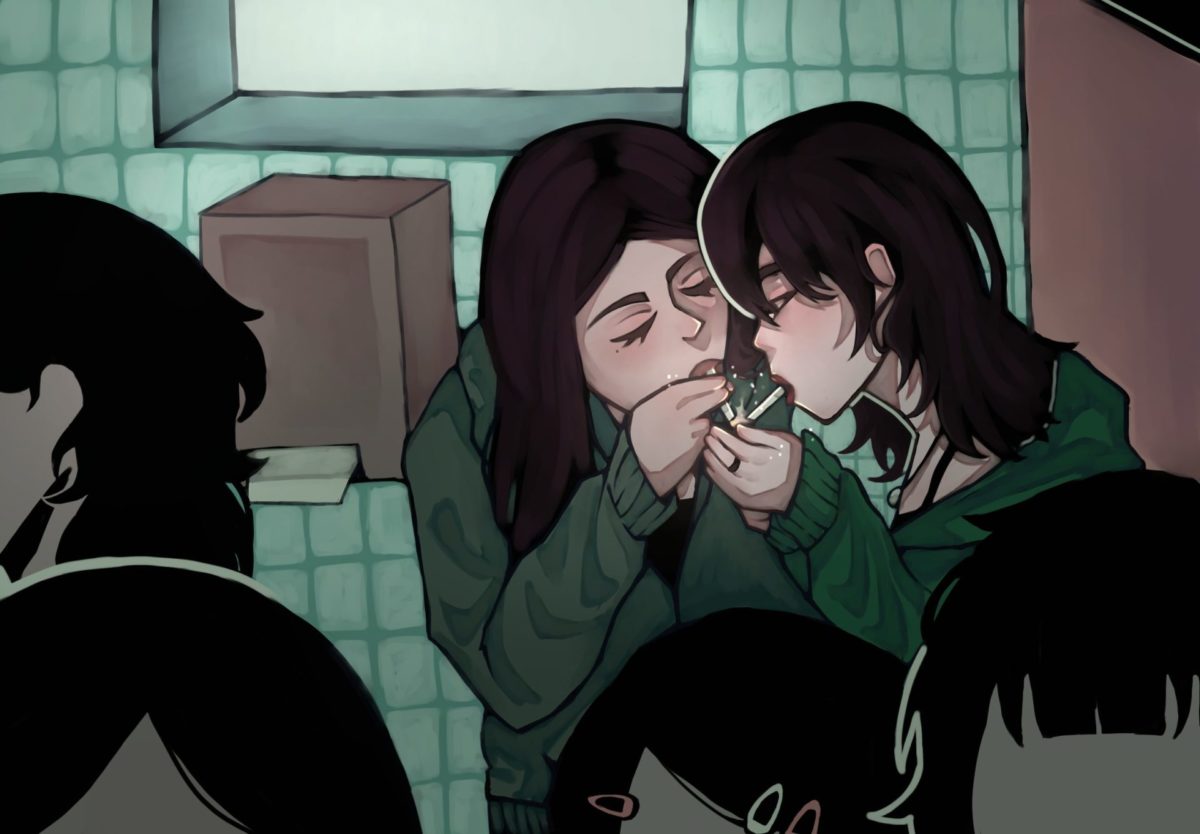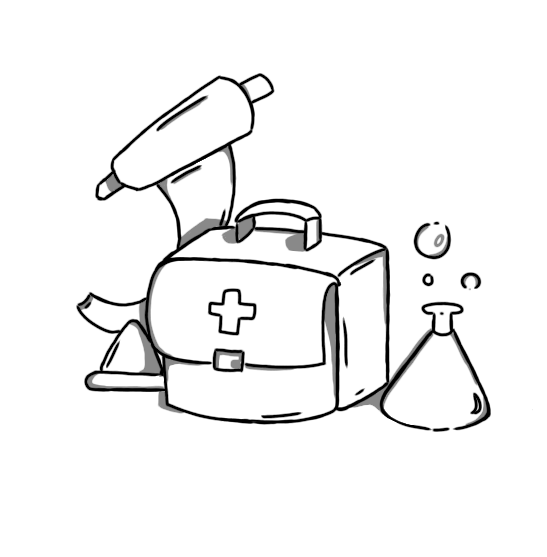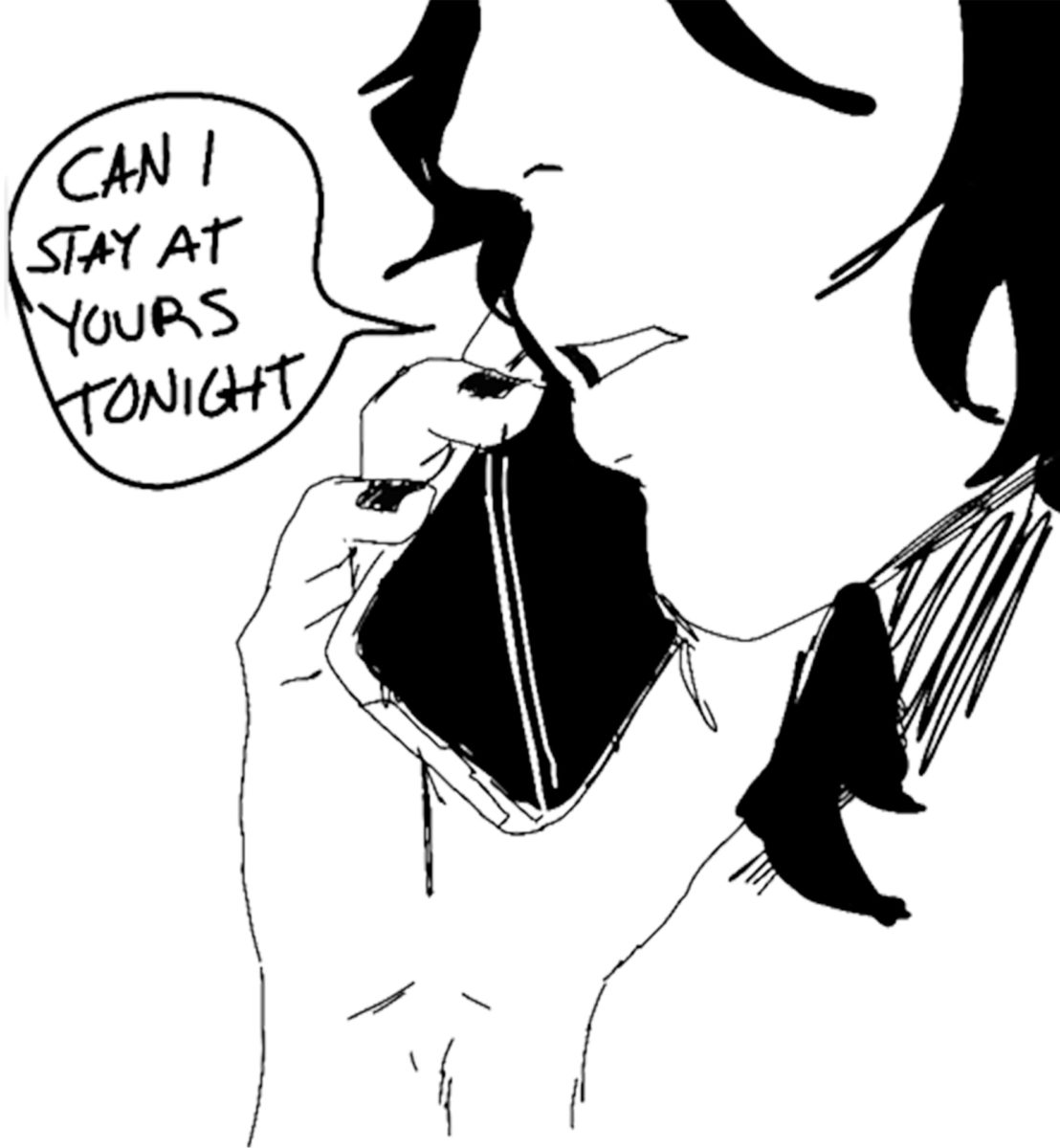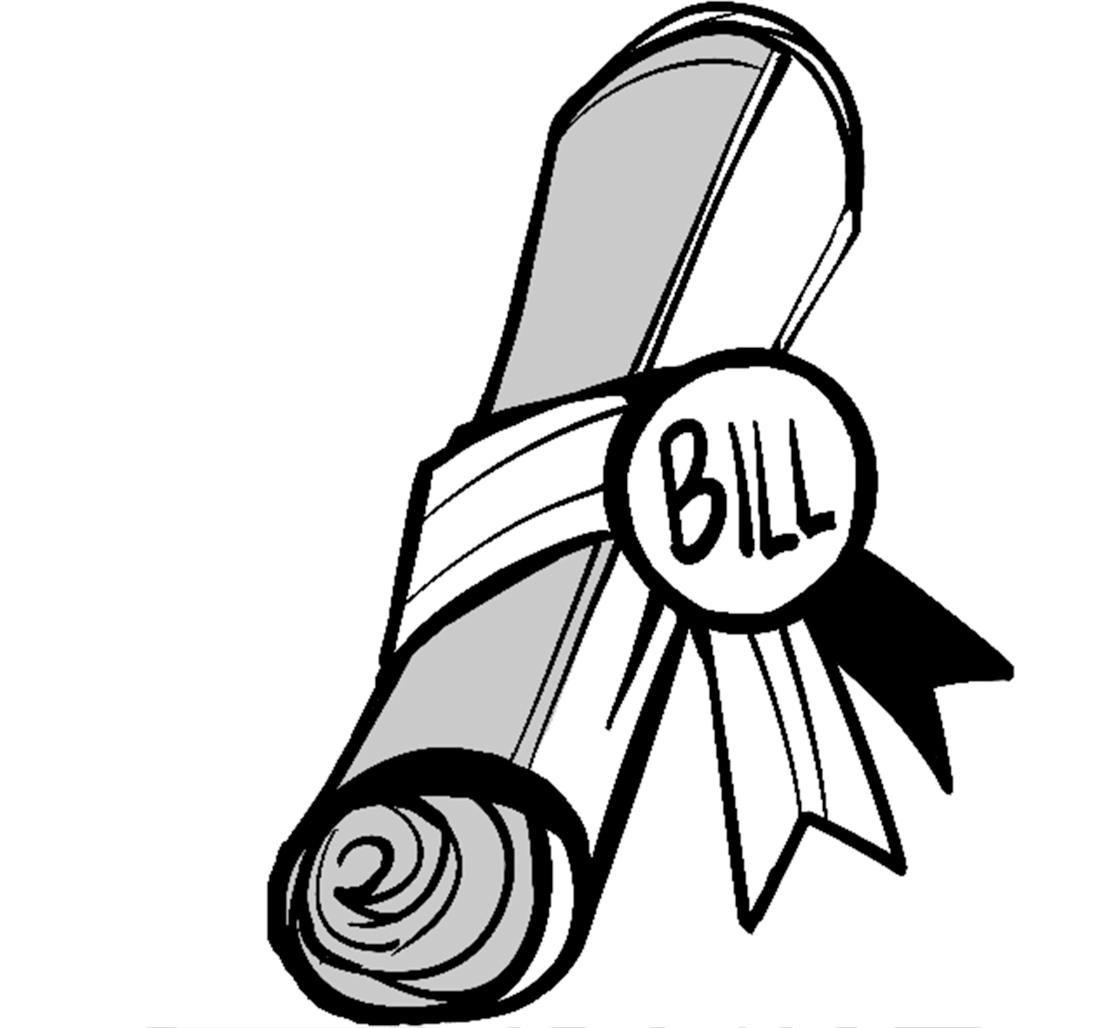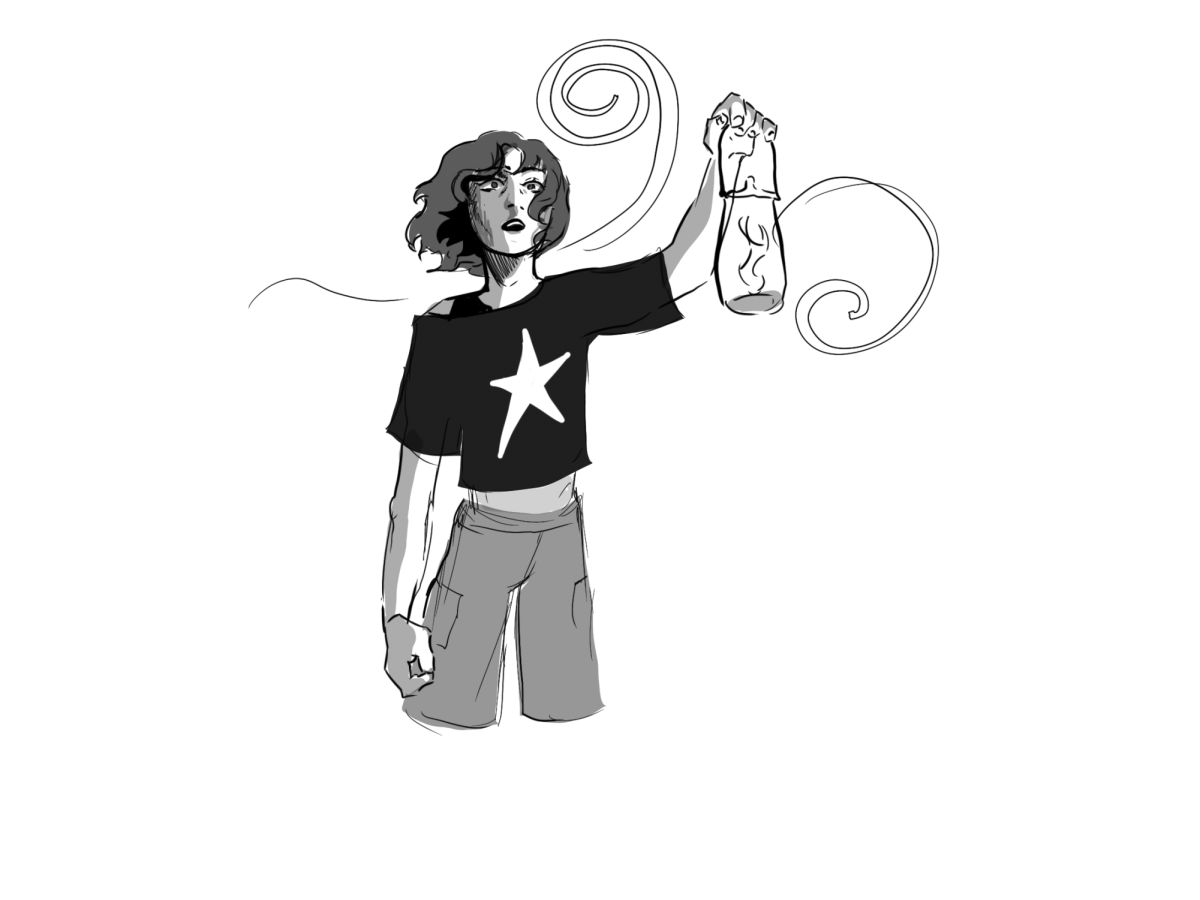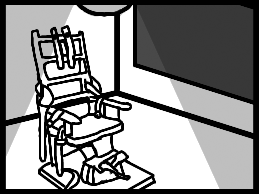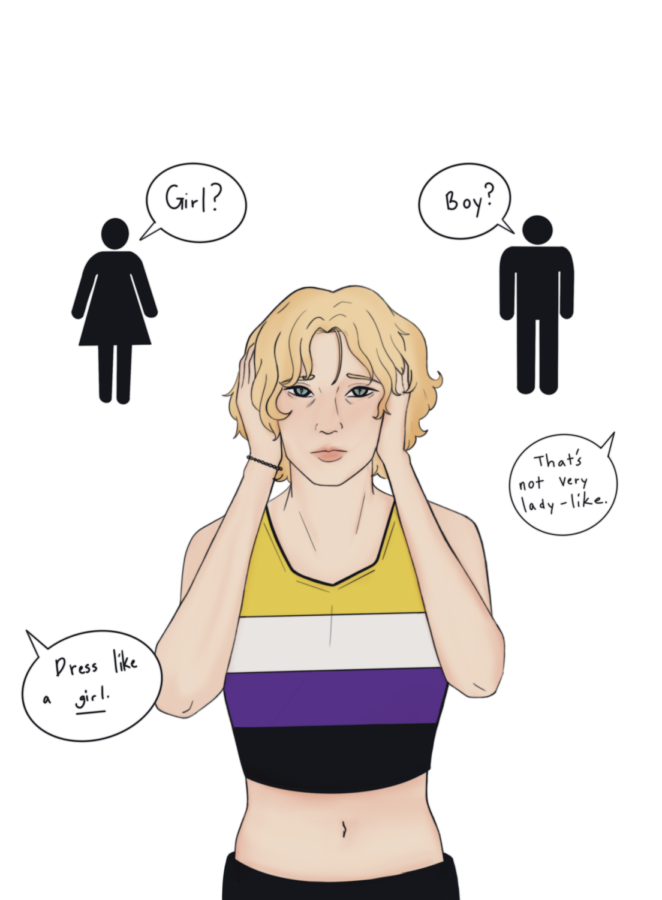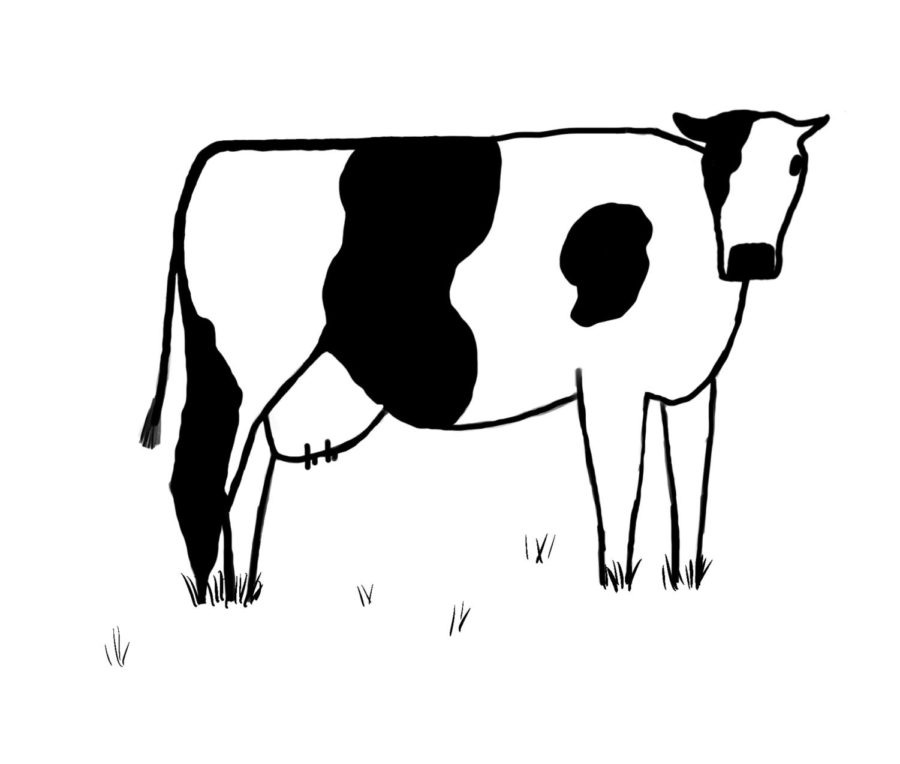TATU, or Teens Against Tobacco Use is a club that train students on the hazards of and prevention strategies for tobacco use. They go out to local elementary and middle schools and provide education on the dangers of tobacco use.
Insight into effects and prevention
- What is secondhand smoke?
- Who is at risk?
- Effects on children…
Secondhand smoke is a combination of the smoke from a burning cigarette and the smoke exhaled by a smoker. Also known as environmental tobacco smoke (ETS), it can be recognized easily by its distinctive odor. ETS contaminates the air and is retained in clothing, hair, curtains, and furniture. Many people find ETS unpleasant, annoying, and irritating to the eyes and nose. More importantly, it represents a dangerous health hazard. Over 4000 different chemicals have been identified in ETS, and at least 43 of these chemicals cause cancer.
The brain
Children of mothers who smoked during pregnancy are more likely to suffer hyperactivity than children of non-smoking mothers. Modest impairment in school performance and intellectual achievement has also been demonstrated.
The ears
Exposure to ETS increases both the number of ear infections a child will experience, and the duration of the illness. Inhaled smoke irritates the eustachian tube, which connects the back of the nose with the middle ear. This causes swelling and obstruction which interferes with pressure equalization in the middle ear, leading to pain, fluid and infection. Ear infections and middle ear fluid are the most common cause of children’s hearing loss. When they do not respond to medical treatment, the surgical insertion of tubes into the ears is often required.
Secondhand smoke puts teenagers at a higher risk for low-frequency sensorineural hearing loss that is directly related to level of exposure, and most affected individuals are unaware of the hearing loss.
Children’s lungs and respiratory tracts
Exposure to ETS decreases lung efficiency and impairs lung function in children of all ages. It increases both the frequency and severity of childhood asthma. Secondhand smoke can aggravate sinusitis, rhinitis, cystic fibrosis, and chronic respiratory problems such as cough and postnasal drip. It also increases the number of children’s colds and sore throats. In children under two, ETS exposure increases the likelihood of bronchitis and pneumonia. In fact, a 1992 study by the Environmental Protection Agency says ETS causes 150,000 to 300,000 lower respiratory tract infections each year in infants and children under 18 months old. These illnesses result in as many as 150,000 hospitalizations. Children of parents who smoke half a pack a day or more are at nearly double the risk of hospitalization for a respiratory illness.
What can you do?
- If you smoke, stop now. Consult your physician for help, if needed. There are many new pharmaceutical products available to help you quit.
- If you have household members who smoke, help them stop. If it is not possible to stop their smoking, do not allow them to smoke in your home or near your children.
- Do not smoke or allow smoking in your car.
- Be certain that your children’s schools and daycare facilities are smoke-free.
Is exposure to ETS common?
Approximately 26 percent of adults in the United States currently smoke cigarettes, and 50 to 67 percent of children under five live in homes with at least one adult smoker.
Secondhand smoke causes cancer
You have read how ETS harms but did you know that your risk of developing cancer from ETS is about 100 times greater than from outdoor cancer using pollutants? Did you know that ETS causes more than 3000 non-smokers to die of lung cancer each year? While these facts are alarming for everyone, you can stop your child’s exposure to secondhand smoke right now.
All the information above was provided by TATU.


